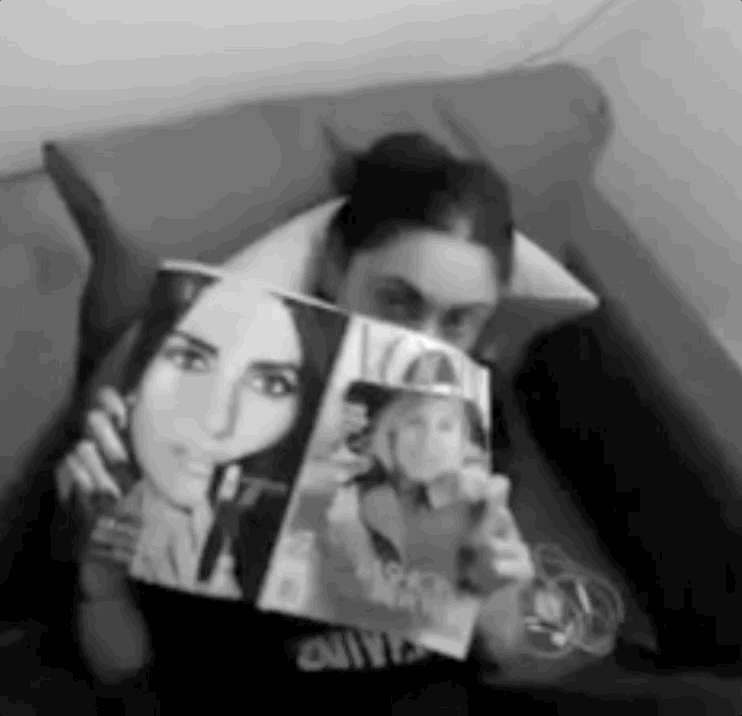7 Day Goals List: What's On Your Menu of Life?
“You’re not living your life and dreams for anyone but yourself. ”
Setbacks, delays, disappointment, anxiety. These are a few things that I have noticed increase in several colleagues and people in general during the COVID-19 pandemic. This is not an easy time nor is it supposed to be. But, Earthlings have been around for millions of years because we have learned to adjust, adapt, and succeed. I mean, we basically outlived dinosaurs, right?
Plan, focus, simple.
Like appetizer, entree, dessert. That’s the crux of my 7 day goals list. It keeps me on track before, despite, and beyond a global crisis.
Taking 7 days at a time helps to achieve parts of the bigger picture. I can better address which tasks need more attention and time, and I procrastinate less. As with everything else I do, I try to keep it simple, to the point, and don’t use fancy planning programs. It’s as simple as putting pencil to paper.
Here’s The Breakdown:
Make a list of what you’d like to get done in 7 days. There’s no need to start on Monday, just start when you feel motivated and ready. These weekly goals, or mini-goals, should agree with your “big” life/career goals.
Categorize the goals. During the quarantine, my menu contains 3 main areas- learning, work (research, academic, and science communication), and health. For example, I need to accomplish something as simple as communicating with my collaborator to move to the more complicated step of reviewing my specific aims for a research proposal. This is where tedious emails need to be accounted for because it will be delayed otherwise.
Breakdown each item listed into parts. This is so important. The details of each task can help you accomplish or fail your goals. For example, learning computational neuroscience can be broken up into each lesson. I decide to take one lesson per day or week after assessing the difficulty level of each lesson. But if I wing it, then I run into issues with time. Another example is grant reviews. I break that up into reviewing one grant per 7 days and designate a day per section (scientific merit, referees, etc). Finally, a typical science communication schedule takes two days to write up a draft, one day to edit artwork, and four days to edit and finalize.
Monitor progress and set-backs on a daily basis. This is key to recognizing how to adjust for tasks that take longer or that didn’t go as planned. The key is not to be so rigid that the main point is forgotten. Our overall goal is success, so be flexible. Take the day off to think about things when need be. Or just time to relax! Whatever “success” may be- scientist, writer, fitness guru, designer- it’s up to the individual to groove to their own tune and not go crazy. Unless it’s with Prince.
As noted above, I also set goals for my health. This mainly consists of diet and exercise, which I track daily in a notebook. Again, I keep it simple and don’t stress if I run into a blip. I track my steps when I can and add a rigorous workout like kickboxing or ballet. My current goal is to get at least 10,000 steps 3 days/week and a workout 2 days/week. But when I’m tired, I’m tired- I don’t push it or think I’ve failed over missed steps. I’ve had a habit of tracking what I eat for decades. Mostly to make sure I’m eating enough fruits and veggies and less junk. Cupcakes are great, but one at a time like those steps.
Own your Value. Wear your Value. Be your Value.
Focusing on what is important has never been more crucial than right now. Keep your menu handy to keep you from getting on that crazy train. A lot can happen in 7 days… if you want. Take it at your pace and comfort level. You’re not living your life and dreams for anyone but yourself.
$cience is Art
Art is $cience
































